EDITORIAL: Student housing and food insecurities need creative solutions
Sacramento State social work major Helen Quiej wakes up in her dorm in Sierra Hall, which she shares with a roommate, on Friday, Feb. 23.
February 28, 2018
The number of students facing housing and food insecurity within the California State University system is staggering, jaw-dropping and upsetting — but anyone within the system calling the rates surprising would be ignoring plain evidence of things we all see every day.
The state government and the CSU — a university system with the second largest enrollment pool in the U.S., only behind New York’s state colleges — both have to become creative, selfless and downright charitable if either actually wants to reduce the amount of students that don’t have regular housing and food options.
According to a recent, ongoing study by CSU principal investigators Rashida Crutchfield and Jennifer Maguire, 10.9 percent of students in the CSU are homeless and 41.6 percent are food insecure.
RELATED: I slept in my car for over a year. No one knew.
It is easy to blame this reality on things that are out of the system’s control. Rent prices in some of the cities where CSU campuses are located are increasing at high rates — this is certainly a problem at Sacramento State.
Many of these problems are exacerbated by the current price of access to higher education. Books are more expensive than ever, online homework portals for most general education classes can cost as much as a book, and student loans are likely to become harsher and less forgiving under the administration of President Donald Trump.
Oh, and tuition in the CSU system rose last year and will likely rise again this year due to a lack of state funding — at the same time as California is in the midst of a surplus so large it has to find something to do with the money because the state savings account has hit the predetermined cap.
All while hordes of students feel their knuckles scrape against the bottom of their metaphorical piggy banks, wondering where the next rent payment is going to come from, where the next meal will come from and who they can stay with between semesters so they can keep their jobs.
Nearly half a million students are enrolled in the CSU system. That’s half a million people investing in themselves and in their future as wage earners, taxpayers and contributors to society. These investments mean loans and part-time or full-time jobs. They are sacrificing their present for hope of a better future.
RELATED: Couch surfing my way through winter break
So why — in the midst of a strong economy and an estimated future worker shortage — is the state not matching that investment? And why are CSU executives getting raises while students are paying more money?
This argument is beginning to feel like beating a dead grizzly bear, but the logic escapes explanation. In an extraordinarily strong economic moment in the history of California, it has decided to continually pull back on its support of one of the state’s most admirable qualities: abundance of high-quality, affordable education.
It’s not that affordable anymore, however, and it has become less abundant as more and more qualified students can’t be accepted. The recession is over; can we finally invest in education and a future workforce?
The state of California — including fiscally conservative Gov. Jerry Brown and whoever will replace him — needs to change priorities, for the sake of the students. Maybe that will foster goodwill with a generation of future workers met with the choice of staying in California or moving somewhere with a lower cost of living.
This would enable CSU campuses to reverse course on some of the money-getting they are doing, too. Student housing prices at Sac State — while we’re talking about housing — are beginning to particularly feel an awful lot like price gouging.
RELATED: ‘It’s Sacramento, not you’: Students caught in the crosshairs of statewide housing crisis
You mean to tell incoming or returning students that they need to pay nearly $1,000 a month to share a room with a stranger, share bathrooms with an entire floor, and also purchase a compulsory meal plan on the side that feeds students inadequate food at exorbitant rates as well, with a cash-for-points system that only serves to hide the fact that the point values of food items are inflated from what the normal dollar cost would be?
No wonder this isn’t an active campus community. Most couldn’t afford it if they tried, and most of those who do with financial aid, loans or paychecks resent it.
Lower the cost of dorm housing, and hope that it spurs a lowering of the rent at surrounding campus apartment communities. Amend the mandatory food plans and get rid of the points. We’re not stupid; don’t treat us like we are.
Additionally, can students start working for a portion of their lodging and food? The Berkeley Student Cooperative, just 80 or so miles to the west, serves as a remarkable example.
Students who work as a part of the co-op have rent costs nearly halved as long as they are working five hours a week within the community. A student working at minimum wage would have to work 40 hours a month to cover that cost.
The BSC houses over 1,300 people at any given time, only 800 or so less than the residence halls at Sac State. It has existed since 1933, and more importantly than anything, it is creative, non-profit and intended to serve the students that are the lifeblood of the Berkeley community in the first place.
Sac State’s students are the lifeblood of the University and the CSU. It is time that we are treated as such.































































































































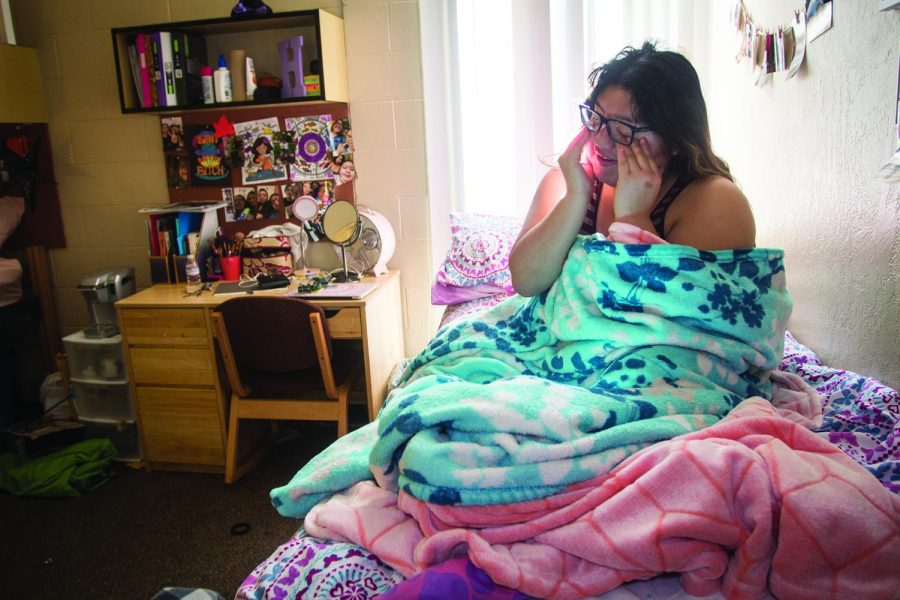

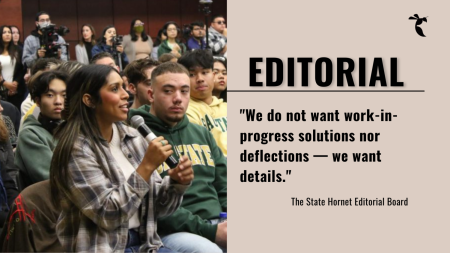
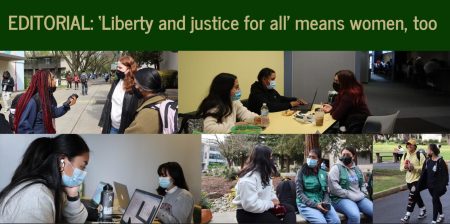



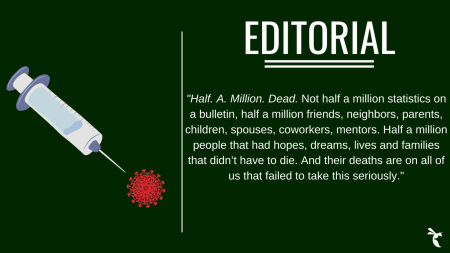
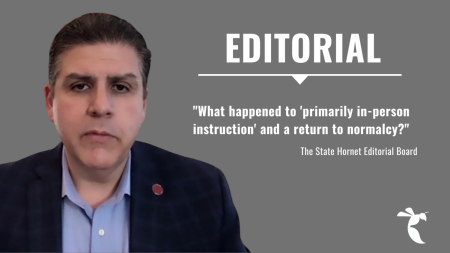

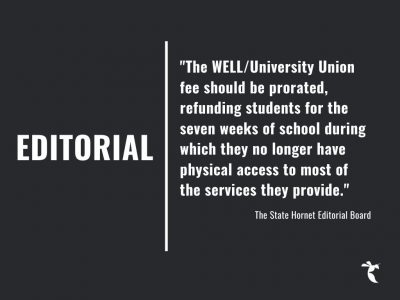
Steve Lancaster • Apr 3, 2018 at 9:13 pm
TNSTAAFL
There is no such thing as a free lunch. Work your way through, it may be tough, but you will gain millions in self-respect.
Rstray • Mar 8, 2018 at 4:47 pm
Naturally the first solution is to run to the state government to solve everyone’s problems. Never mind that it is generally the government that creates most of the problems. Also, don’t try and tell any of us that the girl in the picture is “food insecure”. Certainly doesn’t strike me as someone who misses many meals. You want a solution? Get a J.O.B. I managed to work my way through college, still working my way through graduate school, while raising a child. Stop looking for other people to solve your problems and figure it out yourself. Also, half the people IN college don’t even need to be there at all. They are wasting money on useless degrees like “gender studies” and theatre, neither of which require any college. They would be far better served gaining experience in the actual job market rather than blowing tons of money on a b.s. degree that will literally qualify them for nothing.